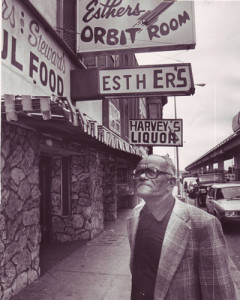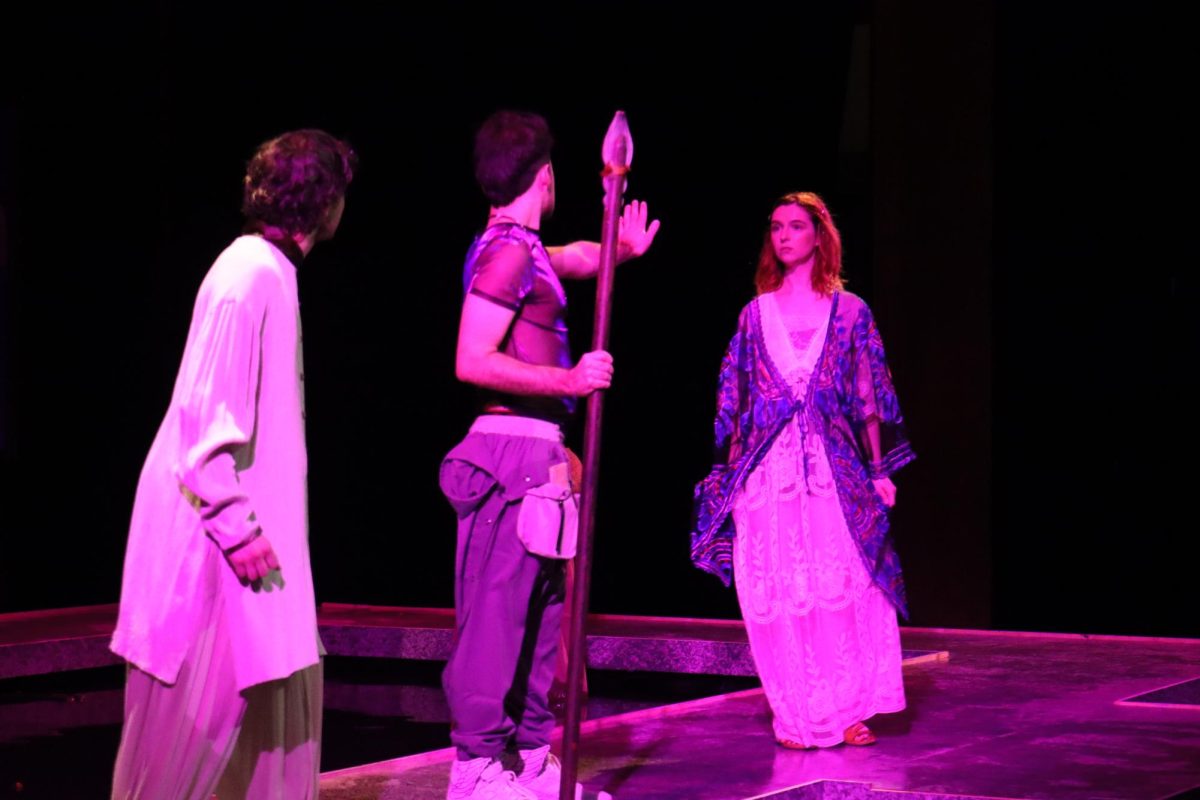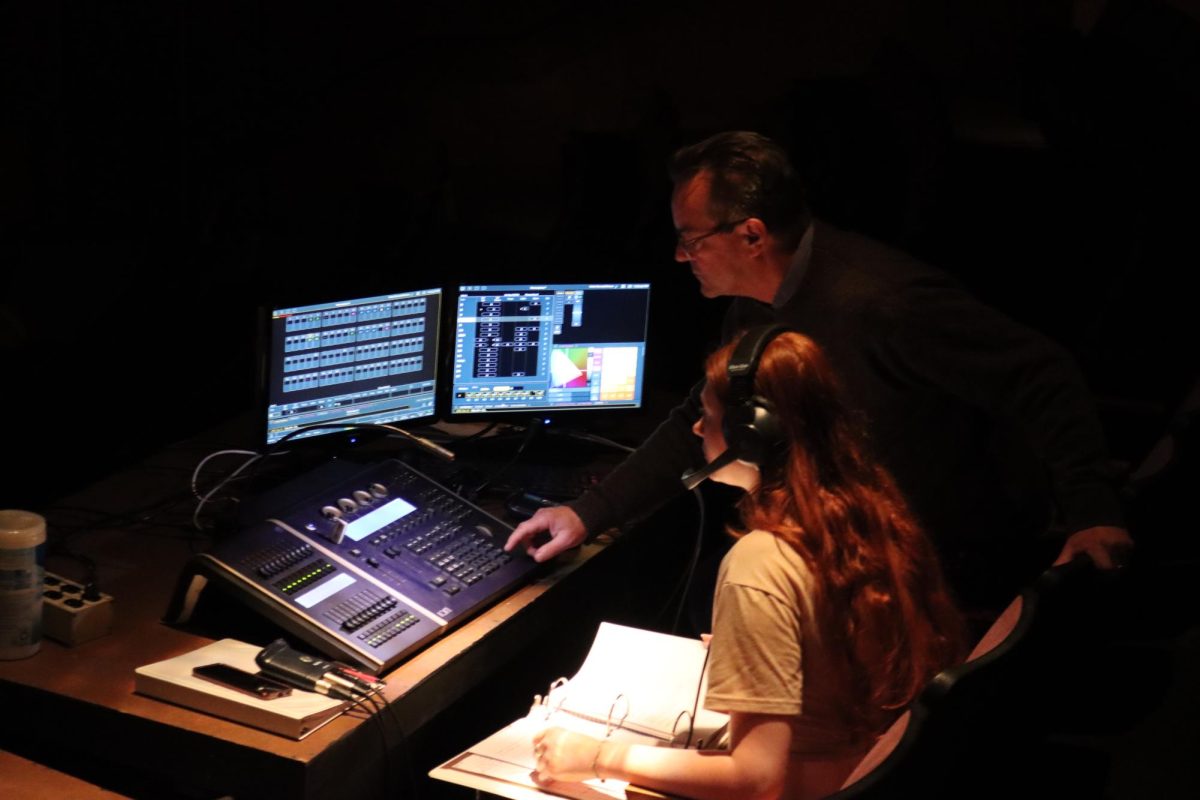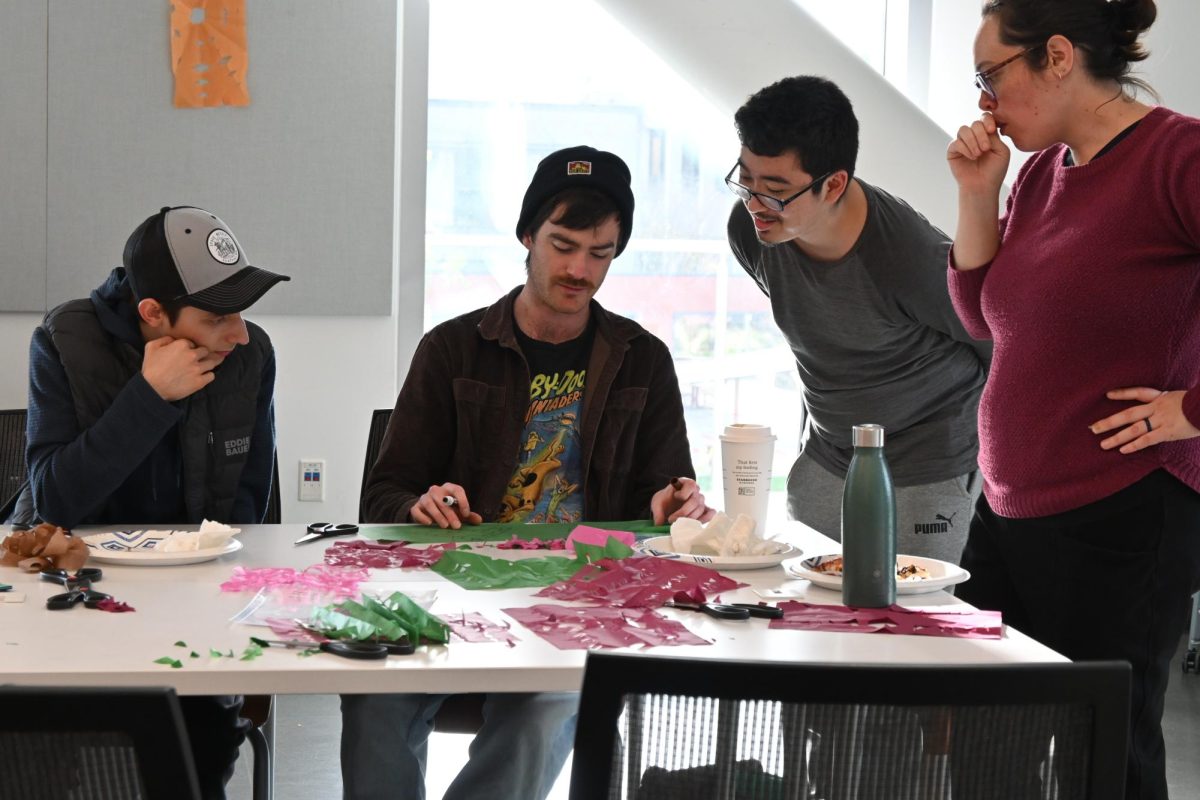
that will be recognized in Oakland's Blues
Walk of Fame.
After $8 million in grants and almost 30 years in the making, Oakland will soon be home to “The Music They Played on 7th Street Blues Walk of Fame,” an attraction that not even Hollywood can boast.
From about 1940 to 1960, West Oakland’s Seventh Street was a focal point for entertainment in the African American community, and is one of the biggest contributors to what is known as the West Coast Blues.
Some of the biggest names in Blues performed on this street, including Ray Charles, Quincy Jones and BB King.
This walk will give tribute to the club owners and Blues legends who made Oakland’s Seventh Street a haven for the West Coast Blues during that time.
The man behind this masterpiece, Ronnie Stewart, who is also the co-founder of The Bay Area Blues Society, has been working on the walk of fame project since 1985.
“The goal was to have a walk of fame to honor all the greats who performed on Seventh Street,” said Stewart. “This will show the public that Seventh Street isn’t just a boarded up, tore up street. It has history. It has a life.”
Stewart was born in Dayton, Ohio and moved to West Oakland with his family at the age of four. He grew up only a block away from Seventh Street.
He graduated from Fremont High School and received his Social Science degree from Laney College.
Growing up, Stewart attended performances by many of these great musicians, frequently listened to records with his father and played the trumpet by the fourth grade. Stewart had a passion for Blues running through his veins.
“Blues is an art form of musical expression,” said Stewart. “Blues is life, it is a story in song and usually comes from the heart. It is good experiences, bad experiences, happy experiences and sad experiences.
That’s what Blues is, a musical story of your life.”
Stewart started playing the guitar in the twelfth grade, joining in a band within a year and playing ever since. Just a few months ago, his band opened for Blues Ambassador, BB King at the Paramount Theater in Oakland.
Having such extreme love and personal knowledge about the music and its history, Stewart felt he had a responsibility to bring Blues awareness to Oakland’s community.
“Blues doesn’t have an open avenue of communication to the public,” said Stewart. “We have to do it in forms of entertainment, i.e. put on a festival, just to get them to come in, understand and hear how important Blues is.”
In many ways, Blues laid the groundwork for the R&B and Hip-Hop genres of today. Unfortunately, its contributions often go unrecognized and are unappreciated.
Also unfortunate is the focus on Oakland’s negativity. Oakland on average has had at least 100 homicides annually over the last five years and, as a result, its residents and youth especially sometimes lose sight of the positivity Oakland holds.
“One of the reasons we did this project was for the youth of Oakland,” said Stewart. “I want them to know that they can be proud of their neighborhood. I want this to instill pride in the youth of West Oakland and hopefully all the youth will come and walk along the street, feeling inspired knowing names like Aretha Franklin and BB King started right here.
“I never want youth to feel like they are just living in a boarded up town with no history,” Stewart added. “They are living in a place that has one of the most treasured pasts ever.”
In fact, the term “Jazz” actually originated from Oakland, although no traditional textbooks or Internet sources confirm the fact.
In 1915, a man by the name of Sidney Leprotti, from North Oakland became the first individual to refer to his group as a Jazz band, however when he first used the word, he spelled it “Jass.”
He called his group, “Sidney Leprotti’s So Different Jass Band.”
Later on, New Orleans picked it up, changed the spelling to “Jazz” and called it their own.
“Out of all the research I’ve done, this was the biggest thing I ever ran across,” said Stewart. “To find out that the term Jazz came from Oakland is amazing. Everybody wants to try and say it came from New Orleans.”
This unique fact about Oakland and the many others it has embedded in its rich history are a part of the many reasons why Stewart is bringing this walk of fame to the community.
Along with the actual walk of fame plaques, there will also be some unique artwork of honorable Civil Rights activists lining the street.
The project will consist of two installment phases, with the first phase expected to take place between late March and early April.







